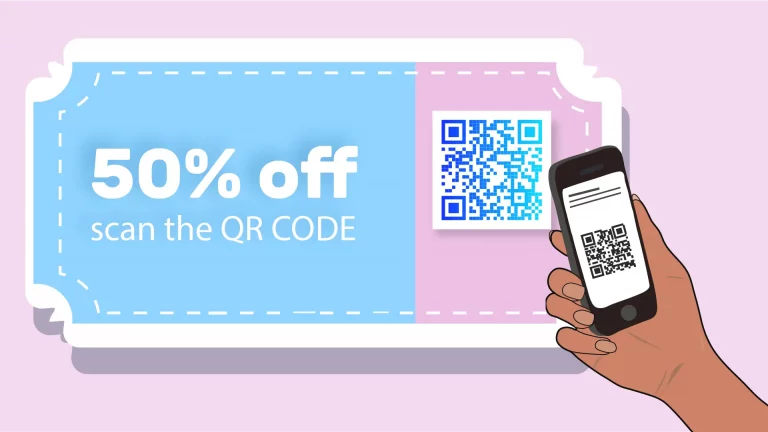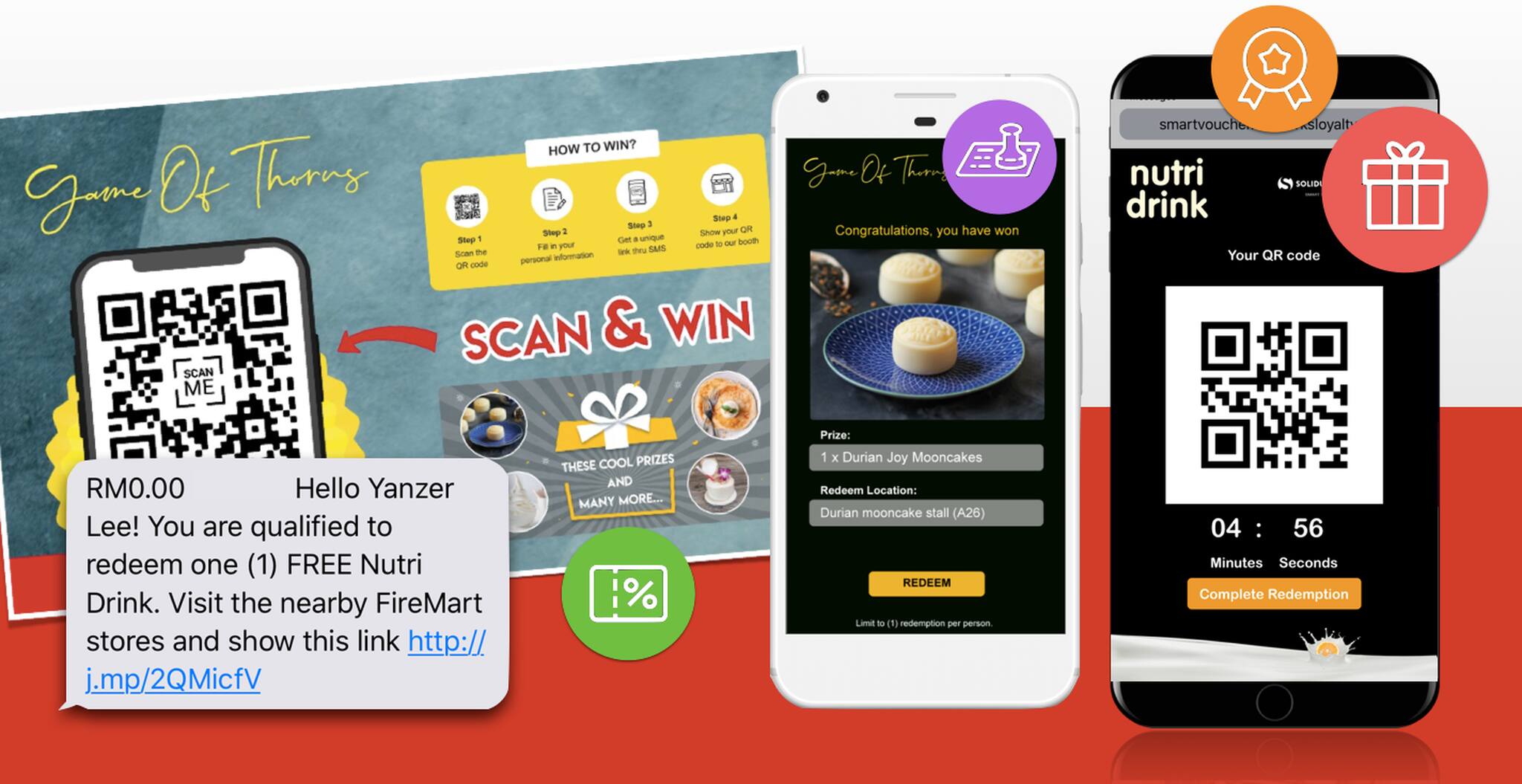Just How a Loyalty System Can Boost Customer Retention and Organization Development
Just How a Loyalty System Can Boost Customer Retention and Organization Development
Blog Article
Boost Client Retention With a Powerful Loyalty System
In today's affordable marketplace, enhancing client retention is not simply useful yet important for continual development. A properly designed commitment system serves as a critical tool in this venture, promoting purposeful partnerships in between organizations and their customers. By comprehending the basic parts of reliable commitment programs, companies can customize their strategies to meet diverse customer demands. Loyalty System. The subtleties of application and the dimension of success can be intricate. What specific elements can truly change a basic loyalty effort into a solid affordable benefit? Exploring these inquiries might reveal essential understandings for your company.
Importance of Customer Retention
Consumer retention is a keystone of sustainable business success. It reflects the ability of a firm to maintain its consumers engaged and pleased in time, resulting in duplicate acquisitions and long-lasting productivity. Retaining existing clients is commonly much more cost-effective than getting brand-new ones, as it reduces advertising expenditures and cultivates a devoted client base that promotes for the brand name.

In addition, high consumer retention prices can improve a business's credibility out there, attracting brand-new consumers with positive word-of-mouth and recommendations. Services that prioritize consumer retention are also much better positioned to gather important comments, allowing them to fine-tune their offerings and address prospective problems proactively. Eventually, efficient client retention techniques produce a solid foundation for development, allowing services to prosper in an increasingly competitive landscape.
Secret Elements of Loyalty Programs
A properly designed commitment program functions as a powerful tool for enhancing customer retention by providing incentives that encourage repeat business. To accomplish this, several crucial parts need to be integrated right into the program.
First, a clear structure for benefits is important. Clients should quickly recognize how to make factors or incentives, which can be based on purchase regularity, investing levels, or particular activities like references. This transparency promotes trust and inspires involvement.
2nd, personalization plays a critical role. Tailoring benefits and interaction to private choices enhances client satisfaction and enhances partnerships. By leveraging information analytics, businesses can offer targeted promotions that resonate with clients' rate of interests.
Third, simplicity of usage is essential. A smooth sign-up procedure and an intuitive interface for tracking rewards can considerably enhance client experience. They might disengage. if clients discover it troublesome to navigate the program.
Finally, regular communication and updates about the program keep it top-of-mind for customers. Informing them of new rewards, unique deals, or program adjustments assists preserve rate of interest and interaction.
Integrating these parts effectively can bring about a more effective commitment program that substantially boosts consumer retention.
Sorts Of Loyalty Equipments
Checking out numerous sorts of loyalty systems reveals distinct strategies that organizations can take on to cultivate client retention. One common kind is the points-based system, where consumers make factors for every single purchase, which can later be retrieved for rewards. This straightforward method incentivizes repeat purchases and maintains customers involved.

Cashback commitment programs, where clients obtain a percent of their purchases back as cash money or installment plan, are additionally preferred. This version straight compensates investing, developing a prompt reward for clients to return.
In addition, subscription-based commitment systems supply consumers with unique benefits in exchange for a repeating charge. This method not only ensures a steady revenue stream yet additionally cultivates long-term relationships with clients that value ongoing advantages.
Last but not least, experiential commitment programs concentrate on using one-of-a-kind experiences, such as individualized services or special events, improving psychological connections and brand name loyalty. Each kind of loyalty system uses unique benefits, enabling companies to straighten their approaches with customer choices.
Finest Practices for Application
When executing a loyalty system, organizations ought to focus on recognizing their client base to tailor the program successfully. Conducting comprehensive study to determine consumer choices, motivations, and habits is important. This understanding will assist the layout of the commitment program, guaranteeing it visit this site reverberates with the target audience.
Next, companies need to pick a suitable structure for the commitment program. Alternatives might include point-based systems, tiered benefits, or experiential motivations. Selecting a design that straightens with customer assumptions can enhance involvement. Additionally, simplicity is critical; customers must conveniently comprehend exactly how to make and retrieve rewards.
Combination with existing systems is an additional best practice. The loyalty program should perfectly get in touch with point-of-sale systems, mobile applications, and client connection administration (CRM) tools to provide a cohesive experience. Additionally, effective communication is important. Companies ought to routinely promote check my site the loyalty program via numerous networks, ensuring customers are aware of the benefits.
Lastly, collecting continuous comments is vital for constant enhancement. Get customer input to adjust and fine-tune the program to changing choices, ultimately cultivating lasting loyalty and boosting client fulfillment.
Measuring Commitment Program Success
Efficiently executing a commitment program prepares for measuring its efficiency. To gauge success, companies have to establish clear metrics that line up with their purposes. Key performance indications (KPIs), such as customer retention rates, typical purchase value, and regularity of repeat purchases, supply beneficial insights into program performance.
An additional crucial procedure is the redemption price, which indicates exactly how typically clients utilize their benefits. A high redemption rate typically shows a program's attractiveness and significance to clients. In addition, tracking consumer interaction via participation in exclusive promotions or events can expose patterns in commitment habits.
Consumer responses is additionally essential; surveys and emphasis groups can illuminate assumptions of the loyalty program, highlighting areas for enhancement. In addition, analyzing consumer life time worth (CLV) can aid evaluate the economic effect of loyalty efforts.
Applying these dimension techniques allows organizations to assess the program's performance view continually. This data-driven strategy enables informed choices for optimizing offerings, boosting client experiences, and ultimately fostering deeper customer commitment. By on a regular basis examining these metrics, organizations can guarantee their commitment programs develop in tandem with customer assumptions and market dynamics.

Conclusion
In final thought, a well-structured commitment program significantly enhances client retention by promoting solid links through personalized benefits and efficient communication. Implementing finest methods makes certain that the program remains user-friendly and relevant, while continuous feedback helps with continuous renovations. Inevitably, an effective commitment system not just enhances customer complete satisfaction however likewise drives repeat purchases, establishing a faithful customer base that is essential for long-term business success and sustained profitability.
Retaining existing consumers is usually extra cost-efficient than getting brand-new ones, as it minimizes advertising costs and fosters a loyal consumer base that supports for the brand name.
In enhancement, high client retention rates can boost a business's track record in the market, attracting brand-new consumers with positive word-of-mouth and references.When carrying out a loyalty system, businesses ought to focus on comprehending their customer base to customize the program successfully. Companies should regularly advertise the loyalty program via different networks, making sure customers are aware of the advantages.
Eventually, an effective loyalty system not just improves customer satisfaction however additionally drives repeat acquisitions, establishing a dedicated client base that is essential for lasting company success and maintained success.
Report this page